With more than 205 million pages, HeinOnline contains scholarly articles, case law, government documents, and so much more. But today, we’re going to bring you some of the most bizarre hidden gems you can stumble across in your research. Let’s take a look at some of HeinOnline’s little-known treasures that our employees have found throughout the years.
1. A Tale of Two Pigs
In 1996, Hormel Foods Corporation—the creator of SPAM—filed a suit against Jim Hensen Productions over a new muppet boar named Spa’am that was to be introduced in its newest movie “Treasure Island.” Hormel argued that the use of Spa’am constituted trademark infringement and false advertising, citing the Lanham Act.[1]To provide for the registration and protection of trade-marks used in commerce, to carry out the provisions of certain international conventions, and for other purposes., Public Law 79-489 / Chapter 540, 79 Congress. 60 Stat. 427 (1946). This … Continue reading Hormel also claimed that Henson’s use of Spa’am constituted unfair competition and deceptive practices under New York state law, in addition to its federal claims.
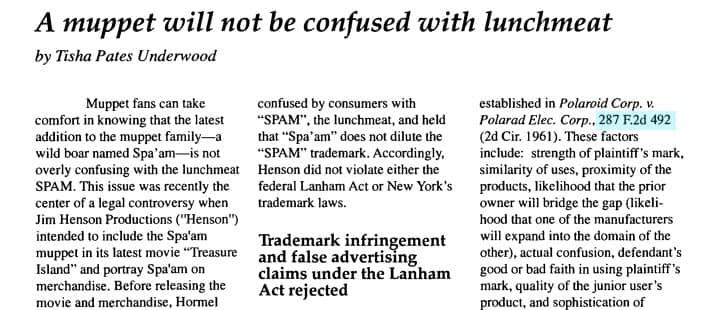
In the end, the district court found no trademark infringement.[2]Hormel Foods Corp. v. Jim Henson Productions, Inc., 73 F.3d 497. United States Court of Appeals, Second Circuit (1996). This case can be found through HeinOnline’s integration with Fastcase. The court concluded that customers were not likely to be confused between the meat and the muppet. They further said, “[No] one likes to be the butt of a joke, not even a trademark. But the requirement of trademark law is that a likely confusion of source, sponsorship or affiliation must be proven, which is not the same thing as a ‘right’ not to be made fun of.”[3]Tisha Pates Underwood, A Muppet Will Not be Confused with Lunchmeat, 8 LOY. Consumer L. REP. 188 (1995). This article can be found within HeinOnline’s Law Journal Library.
2. The Thrill of the Hunt
If you share my passion for true crime, you won’t want to miss this captivating tale[4]Mysterious Murder of Pretty Rose Ambler, the Connecticut Beauty, and Awful Confession of Jack Krantz (1833). This document can be found in HeinOnline’s World Trials Library set in and around Stratford, Connecticut. The story centers around Rose Ambler, a beautiful woman whose romantic aspirations were tragically cut short. Ambler, who was once divorced and then-engaged at the time, had visited her fiancé William Lewis on the fateful night she disappeared. After saying her goodbyes, she set out on foot for home but never arrived. Her body was discovered the next morning, with no obvious indications of foul play. But who was responsible for her untimely demise? Was it her scorned ex-husband Norman Ambler? Was it her fiancé William Lewis, who surprisingly was found with scratches on his hand? Or, could the inebriated Calvin Roodvick, who was identified as the murderer by eyewitness Jack Krantz, have been the culprit?
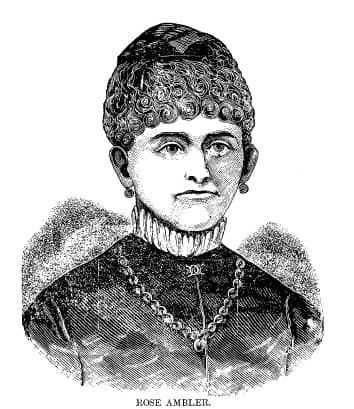
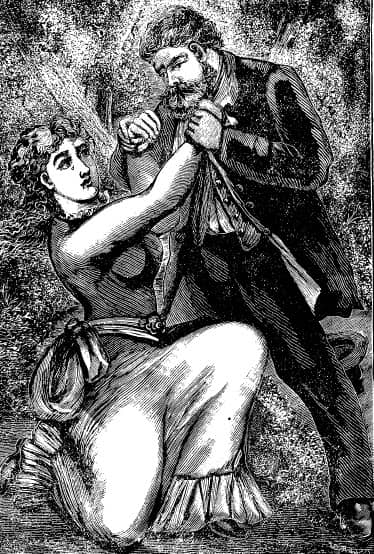
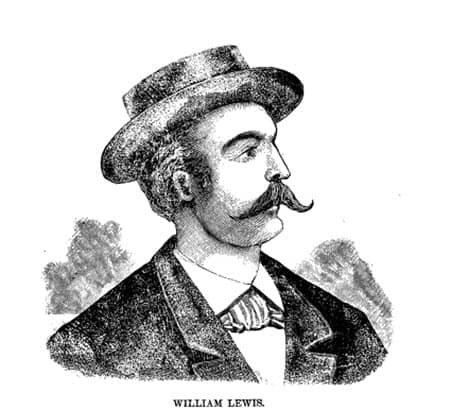
For more intriguing true crime blogs, check these out:
- Crime of the Century: The Murder of JonBenét Ramsey
- Crime of the Century: The Brides in the Bath
- Crime of the Century: The Case of Timothy Evans
- Crime of the Century: The Kidnapping of Peter Weinberger
3. The Viscosity Police
Point of view: You’re at a restaurant and just as you turn the Heinz bottle upside down to add some ketchup to your fries, to your disappointment a watery consistency comes out. Next time this happens, make sure you have a copy of the CFR handy to show to the restaurant manager. They probably don’t know that there are regulations on the quality of ketchup,[5]Canned vegetables , 21 CFR 643. This document can be found in HeinOnline’s Code of Federal Regulations database also called catsup.
To determine the flow rate of ketchup, a Bostwick consistometer is used which involves letting the ketchup flow down a trough, while an observer measures the distance it travels in 30 seconds. If the ketchup flows farther than 14 centimeters, it fails to meet the criteria of being classified as ketchup.
For more saucy fun, check out these patents for Heinz ketchup bottles throughout the years.
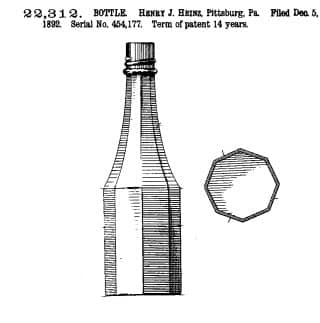


4. God is Exempt
Ernie Chambers, a Nebraska Senator and activist, made headlines after he brought a lawsuit against God for causing “widespread death, destruction, and terrorization”[9]67 ADVOCATE (VANCOUVER) 75 (2009). this document can be found in HeinOnline’s Bar Journals Library of millions of people on Earth. The purpose of the lawsuit was to emphasize the importance of individuals’ right to bring any grievance before a court. By what one can only assume to be a miracle, God wrote a response. The statement, witnessed by Archangel Michael, declared: “Defendant admits that He knows Plaintiff; that He created Platiniff; and that He is not disappointed in Plaintiff.” However, the case was ultimately dismissed because God was technically unable to be served with a legal notice of the trial, as he did not have a physical address.
Chambers isn’t the only one who tried to hold God liable. A Romanian inmate named Pavel M. filed a lawsuit against the Romanian Orthodox Church, arguing that the church, as God’s representatives in Romania, failed to keep him safe from the Devil,[10]32 ALTERNATIVE L.J. 169 (2007). This article can be found in HeinOnline’s Law Journal Library despite his baptism being a binding contract. Pavel, who was serving a 20-year sentence for murder, sought to hold the church accountable for his spiritual wellbeing. However, the case was ultimately dismissed because the defendant, God, was neither an individual nor a company and therefore was beyond the jurisdiction of the civil court of law.
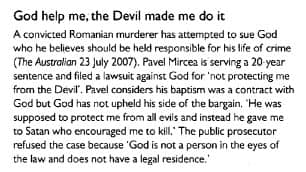
5. Spreading the Law
Did you know that margarine was originally named oleomargarine? Did you also know this substitute for butter caused quite the controversy with the law? In fact, this spread was mentioned in more than 660 congressional hearings.
In the late 19th and early 20th century, the margarine industry faced intense opposition[11]The Oleomargarine Controversy, 33 VA. L. REV. 631 (1947). This article can be found in HeinOnline’s Law Journal Library from various groups, including dairy farmers, who were concerned about the impact of margarine on their livelihoods, and lawmakers who believed that margarine was harmful to public health.
One dairy farmer took his frustration to the Supreme Court. McCray v. United States,[12]McCray v. United States, 195 U.S. 27, 64 (1904). This case can be found in HeinOnline’s U.S. Supreme Court Library a Supreme Court case from 1904, upheld the use of federal taxes for regulatory purposes. The court ruled 6-3 in favor of a federal tax on colored oleomargarine, rejecting arguments that the tax exceeded Congressional authority. The decision, written by Justice Edward Douglass White, established Congress’s power to regulate intrastate commercial activity through taxation. The majority justices did not consider Congress’s motives, but instead found the tax to be valid because its effect was to raise revenue.
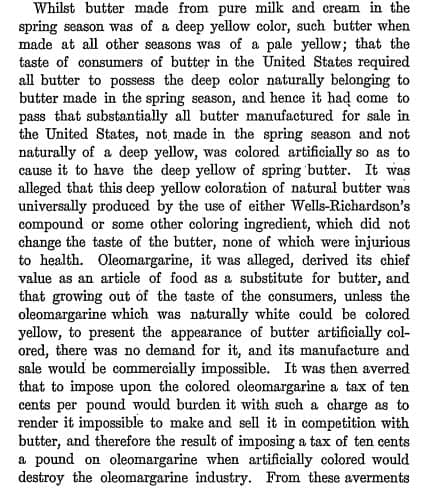
Don’t Stop Here
These are just some fun topics we have stumbled across, but did you know our bloggers have written on topics such as pop culture, political science, gender studies, environment, and so much more? Be sure to check out the Research Topics portion of our blog and familiarize yourself with all the interesting content you can explore within our database.
HeinOnline Sources[+]
| ↑1 | To provide for the registration and protection of trade-marks used in commerce, to carry out the provisions of certain international conventions, and for other purposes., Public Law 79-489 / Chapter 540, 79 Congress. 60 Stat. 427 (1946). This document can be found in HeinOnline’s U.S. Statutes at Large database. |
|---|---|
| ↑2 | Hormel Foods Corp. v. Jim Henson Productions, Inc., 73 F.3d 497. United States Court of Appeals, Second Circuit (1996). This case can be found through HeinOnline’s integration with Fastcase. |
| ↑3 | Tisha Pates Underwood, A Muppet Will Not be Confused with Lunchmeat, 8 LOY. Consumer L. REP. 188 (1995). This article can be found within HeinOnline’s Law Journal Library. |
| ↑4 | Mysterious Murder of Pretty Rose Ambler, the Connecticut Beauty, and Awful Confession of Jack Krantz (1833). This document can be found in HeinOnline’s World Trials Library |
| ↑5 | Canned vegetables , 21 CFR 643. This document can be found in HeinOnline’s Code of Federal Regulations database |
| ↑6 | 62 Off. Gaz. Pat. Office 1958 (1893). This patent can be found in HeinOnline’s Intellectual Law Property Collection |
| ↑7 | 136 Off. Gaz. Pat. Office 1748 (1908). This patent can be found in HeinOnline’s Intellectual Law Property Collection |
| ↑8 | 901 Off. Gaz. Pat. & Trademark Office 392 (1972). This patent can be found in HeinOnline’s Intellectual Law Property Collection |
| ↑9 | 67 ADVOCATE (VANCOUVER) 75 (2009). this document can be found in HeinOnline’s Bar Journals Library |
| ↑10 | 32 ALTERNATIVE L.J. 169 (2007). This article can be found in HeinOnline’s Law Journal Library |
| ↑11 | The Oleomargarine Controversy, 33 VA. L. REV. 631 (1947). This article can be found in HeinOnline’s Law Journal Library |
| ↑12 | McCray v. United States, 195 U.S. 27, 64 (1904). This case can be found in HeinOnline’s U.S. Supreme Court Library |



